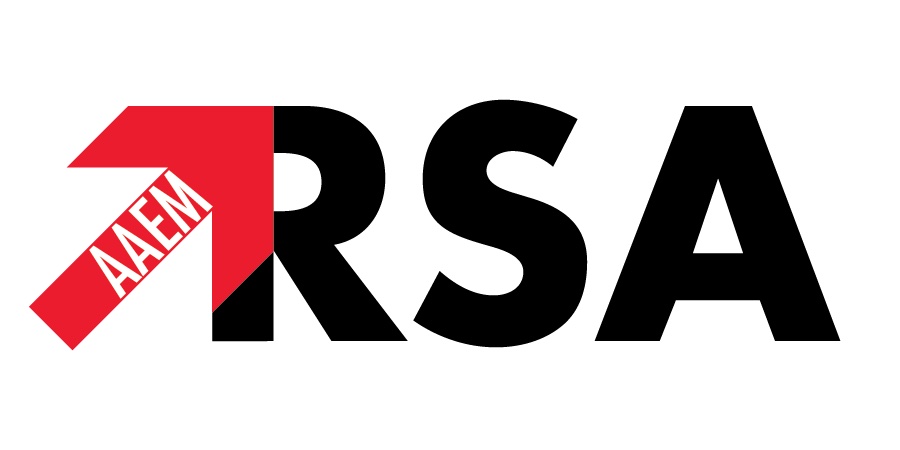 |
| Image Credit: Flickr |
 |
| This post was peer reviewed. Click to learn more. |
Author: Michelle Mitchell, MS-IV
Geisinger Commonwealth School of Medicine
AAEM/RSA Social Media Committee Member
53 year-old female presents with chief complaint of neck stiffness. She states that while rolling cigarettes the previous day, she had an abrupt onset of a headache, which she describes as diffuse, dull, and of moderate intensity. She denies a thunderclap headache, but states it is “different” than her typical headaches. The pain continues to radiate down the posterior aspect of her neck, and while her headache has improved since yesterday, her neck pain has worsened. She has a significant past medical history of diabetes mellitus type 2, hypertension, morbid obesity, bipolar disorder, and previous deep vein thrombosis (DVT), and takes insulin, metformin, lisinopril, aripiprazole, fluoxetine, and buproprion for her conditions. Family history is remarkable for her maternal grandmother dying from a cerebral aneurysm.
On physical exam, she has a blood pressure of 116/65, heart rate of 100, respiratory rate of 18, and temperature of 36° Celsius. The patient does not appear to be in any apparent distress and is sitting comfortably on the edge of the bed. Her physical exam reveals decreased range-of-motion on lateral neck flexion, and tenderness to palpation along her cervical spine, primarily in the C2 dermatome. The rest of her physical exam, including an in-depth neurological exam, is normal.
Computed tomography of the head is negative, and lumbar puncture unremarkable.
What is your next step in management of this patient?
A. Discharge home
B. Migraine cocktail
C. Head MRI
D. Head MRA/MRV
Answer: D
The patient has a history of DVT, and is not currently on anticoagulation. Thus, a cerebral venous thrombosis (CVT) should be considered. CVT is very uncommon, with an incidence of 3-5 cases per 1,000,000 per year, accounting for 0.5% to 1% of all strokes.[1] Most patients with CVT are younger than 50 years of age and are female, with a female to male ratio of 3:1.[2] Approximately 85% of patients with CVT have at least one risk factor, most commonly a prothrombotic state, including high-risk thrombophilias, oral contraceptives, pregnancy or post-partum, malignancy, infection, or trauma.[3]
The clinical presentation of CVT is highly variable, and can be chronic, subacute, or acute in onset. Headache is the most common symptom and is present in 89% of patients.[3] The headache is usually gradual in onset, increasing over the course of several days.[4] However, some patients report a thunderclap headache that may mimic a subarachnoid hemorrhage.[5] Other common presenting symptoms include encephalopathy, focal neurologic symptoms and signs, and seizures.
CVT generally has a favorable prognosis, but may result in death or permanent disability. In a 2006 meta-analysis of 1180 patients with CVT, the mean 30-day mortality rate was 5.6%. The most common cause of death during the acute period of CVT was transtentorial herniation following a large venous hemorrhage. At 12-month follow-up, 10% of patients were found to have permanent neurological deficits.[6]
Although CVT is a rare diagnosis, it should be considered in the differential of patients who presents with headache and prothrombotic conditions.
References
1. Gulati D, Strbian D, Sundararajan S. Cerebral venous thrombosis: diagnosis and management. Stroke. Feb 2014; 45(2): e16-8.
2 Coutinho JM, Ferro JM, Canhao P, et al. Cerebral venous and sinus thrombosis in women. Stroke. Jul 2009; 40(7): 2356-2361.
3. Ferro JM, Canhão P, Stam J, et al. Prognosis of cerebral vein and dural sinus thrombosis: results of the International Study on Cerebral Vein and Dural Sinus Thrombosis (ISCVT). Stroke. Feb 2004; 35(3),664-670.
4. Stam J. Thrombosis of the cerebral veins and sinuses. N Engl J Med. 2005; 352:1791-8.
5. de Bruijn SF, Stam J, Kappelle LJ. Thunderclap headache as first symptom of cerebral venous sinus thrombosis. CVST Study Group. Lancet. 1996; 348: 1623-5.
6. Dentali F, Gianni M, Crowther MA, Ageno W. Natural history of cerebral vein thrombosis: a systematic review. Blood. 2006; 108: 1129–1134.
